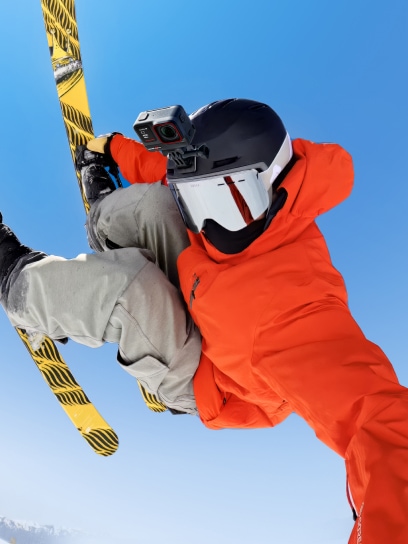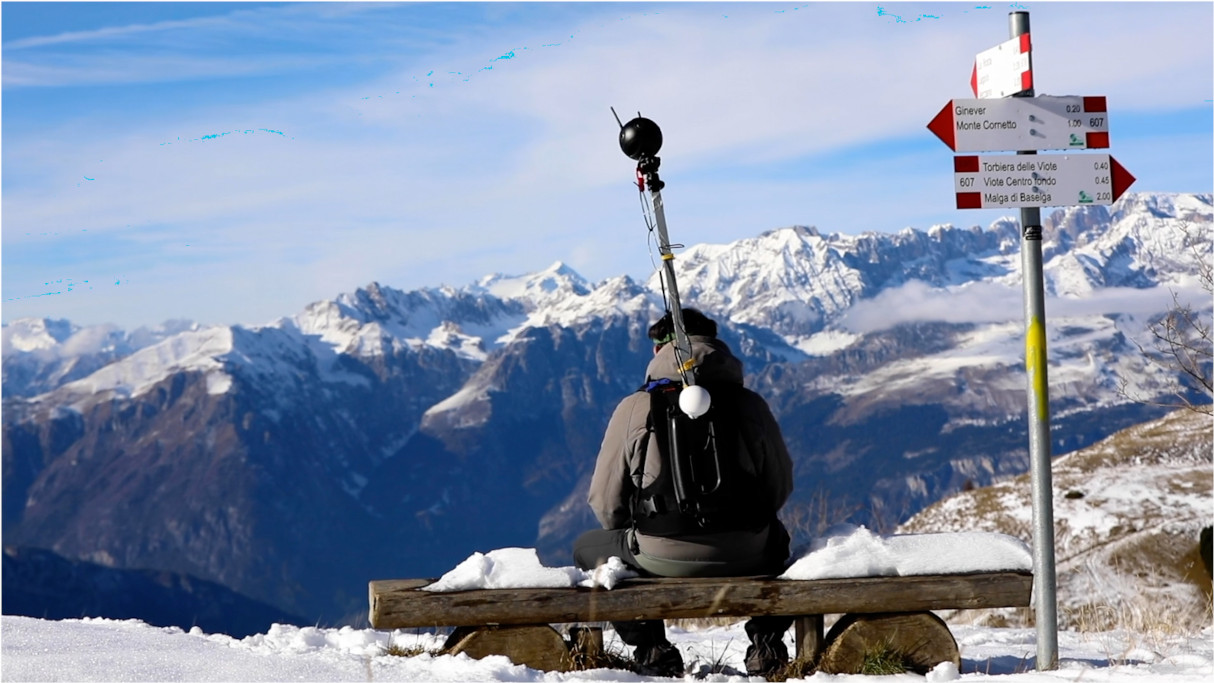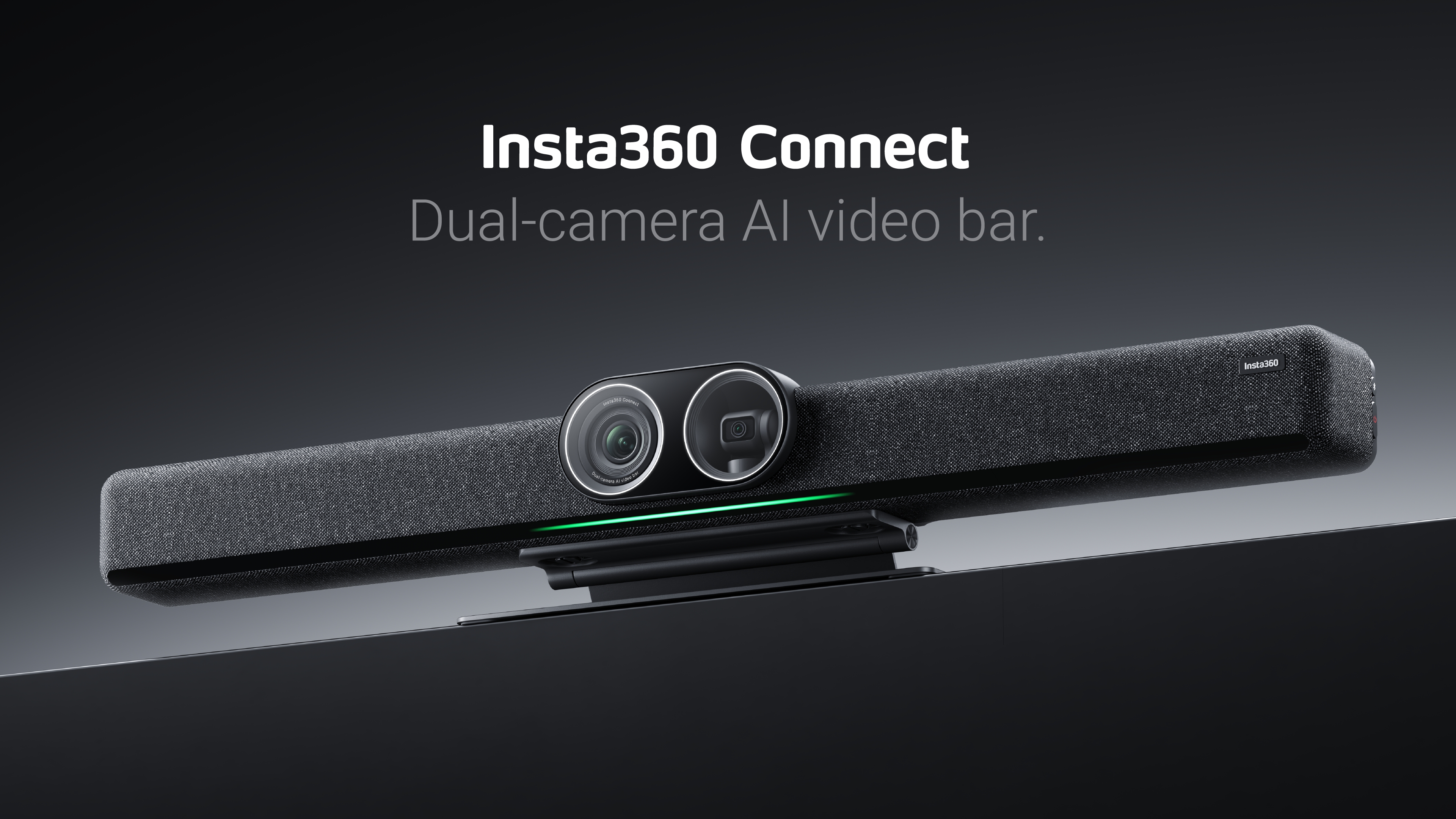Google Street View was first introduced in the US in 2007, offering street-level views of the world at the click of a button. Since its inception, more than 170 billion Street View images have been taken across 90 countries, becoming a crucial tool for the public, and a lifeline for businesses and tourism boards.
While originally Street View images were all captured by Google employees, technological developments have made it possible for anyone to now start a Google Street View business. At present, there are a variety of high quality, affordable and fully-integrated Google Street View cameras available on the market.
The opportunity to capture and monetize Street View imagery through creating a Google Street View business is currently greater than ever. Due to rapid changes in infrastructure and environments, there is a constant need for up-to-date and accurate images. In 2019 alone, Google Street View businesses and photographers helped assign addresses to nearly 7 million buildings in previously under-mapped places. These places include Zanzibar, French Polynesia, Zimbabwe, Yosemite National Park and more.
"You can get a phenomenal number of views on these images, millions even billions of views."Stafford Marquardt, Product Manager for Google Street View
Check out our in-depth webinar for a GSV masterclass featuring partners from Google and Miles Partnership:
1. Google Street View camera options
First things first, you’ll need a camera.
The right camera choice depends on you and your projects. If you’re new to Google Street View and are looking to get a feel for how it’s done, a ONE Series camera is likely to be the best fit for you.
For anyone looking to capture professional quality Street View imagery for their Google Street View business, then a Pro 2 or Titan is the way to go.
Let’s take a closer look at some 360 Street View camera options along with their benefits and related workflows.
ONE Series cameras
At the very basic level, you can use a pocket-sized 360 camera to upload to Street View.
Insta360 ONE X2 and Insta360 ONE R are the two flagship ONE Series cameras. Insta360 ONE R is an all-in-one tool with interchangeable 360 and wide-angle lenses, while Insta360 ONE X2 is a pocket-sized powerhouse specialized in 360 capture.
The ONE Series family of cameras are easy to use and fully integrated. Simply capture your images whilst paired with a phone or GPS remote, export with the Insta360 app, then upload with the Google Street View app.

Pro cameras
For those looking to create a Google Street View business supplying professional quality Street View imagery to clients, a higher-quality Google Street View camera is recommended.
Both of Insta360’s professional cameras have built-in GPS along with hardware features that make capturing 360 footage simple. On top of that, they also have features specific for Street View in order to streamline the workflow and optimize capture quality.

Pro 2
The Insta360 Pro 2 is the industry standard for all-in-one 360 camera systems. The Pro 2 offers a perfect balance between power, simplicity and mountability, making it a preferred choice for many GSV professionals.
Not only does the Pro 2 make it easy to capture high quality footage, but it also makes post-processing simple and efficient. Weighing in at just 1550g, it is easy to mount on a car or on a monopole backpack, making it suitable for capture across all terrain.
Within the camera settings, Insta360 Pro 2 offers a dedicated GSV mode which will record 8K@5F and will store it right on your cards.
Check out some GSV imagery shot by an Insta360 Pro 2 user here.
Titan
The Insta360 Titan is the highest level all-in-one 360 camera on the market and is currently used in Google’s global fleet of 360 Street View cameras.
Titan has eight Micro Four Thirds Sensors allowing for 11K resolution and exceptional low-light performance.
Titan can shoot Street View footage in 11K@5F. Uploading an 11K Titan image is a sure way to replace existing Street View images by other users. Google constantly accepts higher quality and more recent Street View data when available.
Take a look at some Street View imagery shot on Titan here.
How to shoot Street View content with Pro 2 and Titan
Once you have your Google Street View camera booted up, follow the steps below to ensure that your capture and upload to GSV go smoothly.
Steps:
- Update the camera firmware to the latest version
- Attach GPS antennas and make sure no objects are obscuring them
- Connect your camera to your control device (phone, tablet or desktop) and enter video mode
- Select the content type as “360 Pano”
- Set the single lens resolution to 8K5F for Pro 2 or 11K5F if using Titan
- Once finished capturing, open Insta360 Stitcher and select “Upload content to Google Street View”
- Log in to your Google account and upload content with GPS info. Don’t forget to select automatic face and license plate blurring
2. Recommended Google Street View equipment and setup
Now that you have a Google Street View camera and an idea of the workflow, let’s talk accessories and setup.
Your equipment and setup completely depend on the type of Google Street View content that you plan to capture. Are you driving down streets or along a highway? Are you walking in a place not accessible by car or bike? These are all considerations for choosing your accessories.
Here are two of the most popular setups for shooting with your Google Street View camera:
Monopole backpack
When mapping uncharted hiking trails and going off the beaten path, a monopole backpack is an affordable and convenient way to capture your Google Street View imagery.
Pro 2 is ideal for this form of capture due to its lightweight design. When shooting, ensure the camera is 18 to 20 inches above your head to avoid any stitching issues.
In addition to your camera of choice, you will need:
- A phone or tablet running the corresponding Insta360 app
- A second phone or tablet running GPS tracking app
- A power source for the camera if shooting for extended periods of time (30 minutes+)
Check out this tutorial to see how it works:
Car mount
For mapping streets and large areas accessible by car, a car mount is the way to go.
When capturing with a car mount, you will need:
- A network cable connecting the camera to a laptop running the corresponding Insta360 app
- A phone or tablet running a GPS tracking app as a backup for GPS data and a way to track where you’ve been
- Power supply for camera if shooting for extended periods of time—plug this directly into an inverter in the car

Recommended setup and tips:
- Two person team including a driver and a camera operator
- Camera positioned approximately at the midline of the car (width and length)
- Camera positioned approximately 20 inches above the roof of the car. Ensure camera is level with horizon, as this cannot be reliably fixed in post
- Shorter car lengths recommended, approximately 12 feet or less (longer cars take up more of the available image space)
- Driving speed should be below 60km/h to ensure clear Street View footage
- Capture in 20-30 minute segments in order to limit file sizes. This makes the files easier to manage and limits file loss if there is an issue
3. Overview of Google Street View business opportunities
So you have your Google Street View camera and equipment, and an understanding of the workflow. Now you’re ready to roll and on the hunt for some clients.
The first step is to become a Street View trusted professional in order to be listed in Google’s index of for-hire professionals. This certificate is given to distinguished contributors with 50 approved and published 360 photos.

Now, how do you sell Google Street View?
Communicating the value of Street View to organizations
Google Street View is an extremely powerful visual tool that allows potential visitors to discover and understand a destination prior to their trips.
Street View offers three main high-level values to organizations:
- Control: Choosing when, where and what to capture
- Attribution: Branding and attribution for captured content (logo + website in nadir)
- Tracking: Can measure the number of views in Google Maps
For more great insights on the value of GSV for organizations, check out Google Street View for Business.
The “value package” approach
Many Street View photographers find more success with selling Street View as part of a wider service “value package”. You can package it with other things such as:
- Virtual tours: 360 tours of the premises
- Content creation: Photos and videos for campaigns and PR
- Audit and analysis: Audit existing online images and information on the business
- Education and training: How to create tours and use Google’s ecosystem of tools
The key here is to remember that it isn’t just about taking those Street View images. It's about what other things you can put together in order to support that. This will then provide a more comprehensive value package for the organization.
This is a tried and tested strategy which Miles Partnership has followed during recent years. Miles is a strategic marketing company focused exclusively on travel and tourism. They have carried out destination optimization in over 160 locations worldwide through implementing the above services. In an 18-month timeframe, they have tracked over half a billion views.
4. Pro tips
Lastly, here are some top tips for creating awesome footage for your Google Street View business:
- No “behind the camera” in 360—remember everything will be captured
- No “fix it in post”
- Clean your lenses obsessively
- Capture straight lines and logical transitions when shooting buildings and resorts
- Make sure captures are level
- Prepare extra memory cards if you’re planning to cover long distances
Keen to keep up to date on Insta360 stories? Keep an eye on our blog and sign up for our mailing list. You can also contact our Enterprise team directly to see how 360 cameras can benefit your business.





































